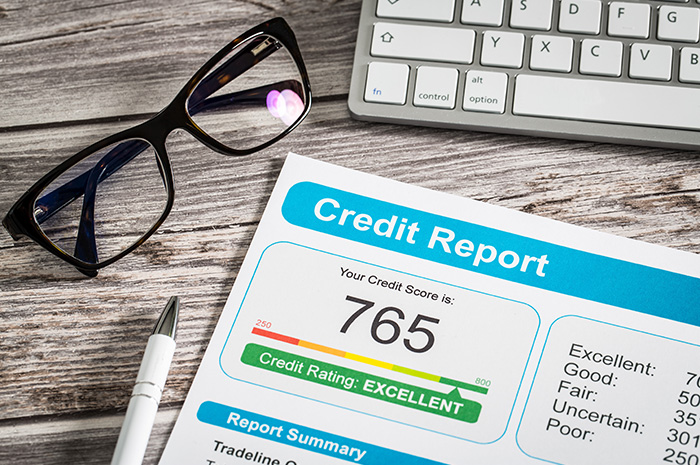
GPA is an acronym for grade point average, which represents of your overall academic performance. You probably know your GPA, or at least are familiar with the term. But did you know that your credit score is like a financial GPA?
How is my credit score like a GPA?
Just like your GPA, your credit score is a cumulative number that represents what you have done, only it exists in the world of credit instead of academics. The same way schools use your GPA to forecast academic success, your credit score is a predictor of how likely you are to be financially responsible and repay a loan.
So, how is it calculated?
- Your credit score is calculated in this way:
- 35 percent is based on payment history;
- 30 percent is outstanding debt and how much credit is already available, even if you haven’t used it;
- 15 percent is based on the length of time a consumer has had credit; 10 percent is based on the amount of inquiries into a report; and
- 10 percent is based on current types of credit
- To start building a good credit history, open a checking or savings account. For your first credit card, consider tying the credit card to those accounts.
- Your credit score will be a number between 300 and 850, depending on the criteria used to calculate. A credit score of 720 or above is good, and will enable you to be approved for a loan more easily and at a better interest rate.
How do I raise my credit score?
- Pay your bills in full and on time.
- Check your credit report once a year. Review for errors or inaccuracies and address any you find. Check it for free at annualcreditreport.com.
- Watch for warning signs of credit trouble. For example, if you’re only able to pay the minimum payment, if you pay late, or if you use credit for everyday expenses, you’re already in trouble. Make sure you think about what it is that you’re using credit to buy.
- Stick to a spending plan. It may be difficult when you’re first getting started, but a budget is the first step to financial freedom. Start by writing down what you spend for a month or two, you’ll be surprised how much you spend and where, and hopefully find ways to save.
Ready to get started? We can help, even if you can only start small. With automatic savings at Minnwest Bank, you can transfer as little as $25 a month. With no minimum balances and no monthly service charges nibbling at your progress, all you have to do is set up your monthly transfer and watch your money grow. Just a simple and easy way to help you reach your goals.


